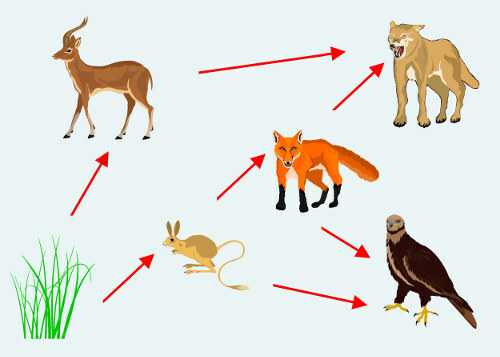Many people confuse artificial insemination with “in vitro” fertilization, but what is the difference between them?
In “in vitro” fertilization, the female egg is fertilized by sperm outside the woman's body and, after fertilized, implanted in her uterus. already in artificial insemination, the sperm are introduced into the female's uterus in order to fertilize the egg, and it is not necessary to remove the eggs from her body.
There are two types of artificial insemination: The iintracervical artificial semination(IC), in which sperm is inserted into the cervix; and the intrauterine artificial insemination (UI), in which sperm are inserted into the uterus.
At iintracervical artificial semination, the sperm is injected into the cervix through a syringe. This method reproduces the way sperm is deposited by the penis, in the cervix, at the time of ejaculation. At intrauterine artificial insemination, the sperm undergo a “treatment”, in which only those who are able to fertilize remain. Once this is done, the sperm are deposited directly into the uterus, after the female undergoes a treatment that induces ovulation.
Do not stop now... There's more after the advertising ;)
THE intrauterine artificial insemination has some advantages over iintracervical artificial semination, because this type of insemination does not require the presence of cervical mucus, which is important for the migration of sperm to the egg. Another advantageous factor is that in the intrauterine artificial insemination, as the sperm are inserted beyond the cervix, the chances of fertilization are increased, as there will be a greater number of suitable sperm in the intrauterine cavity.
Before performing any method of artificial insemination, there needs to be an ovarian stimulation in the female. This ovulation is induced in a controlled way through hormones to prevent ovarian hyperstimulation and consequent multiple pregnancy.
The success rate of artificial insemination is around 10% to 15% in iintracervical artificial semination; and from 15% to 20% in the intrauterine artificial insemination, but in both cases, other factors must be taken into account, such as the recipient's age and health.
by Paula Louredo
Graduated in Biology
Would you like to reference this text in a school or academic work? Look:
MORAES, Paula Louredo. "Artificial insemination"; Brazil School. Available in: https://brasilescola.uol.com.br/biologia/inseminacao-artificial.htm. Accessed on July 27, 2021.



